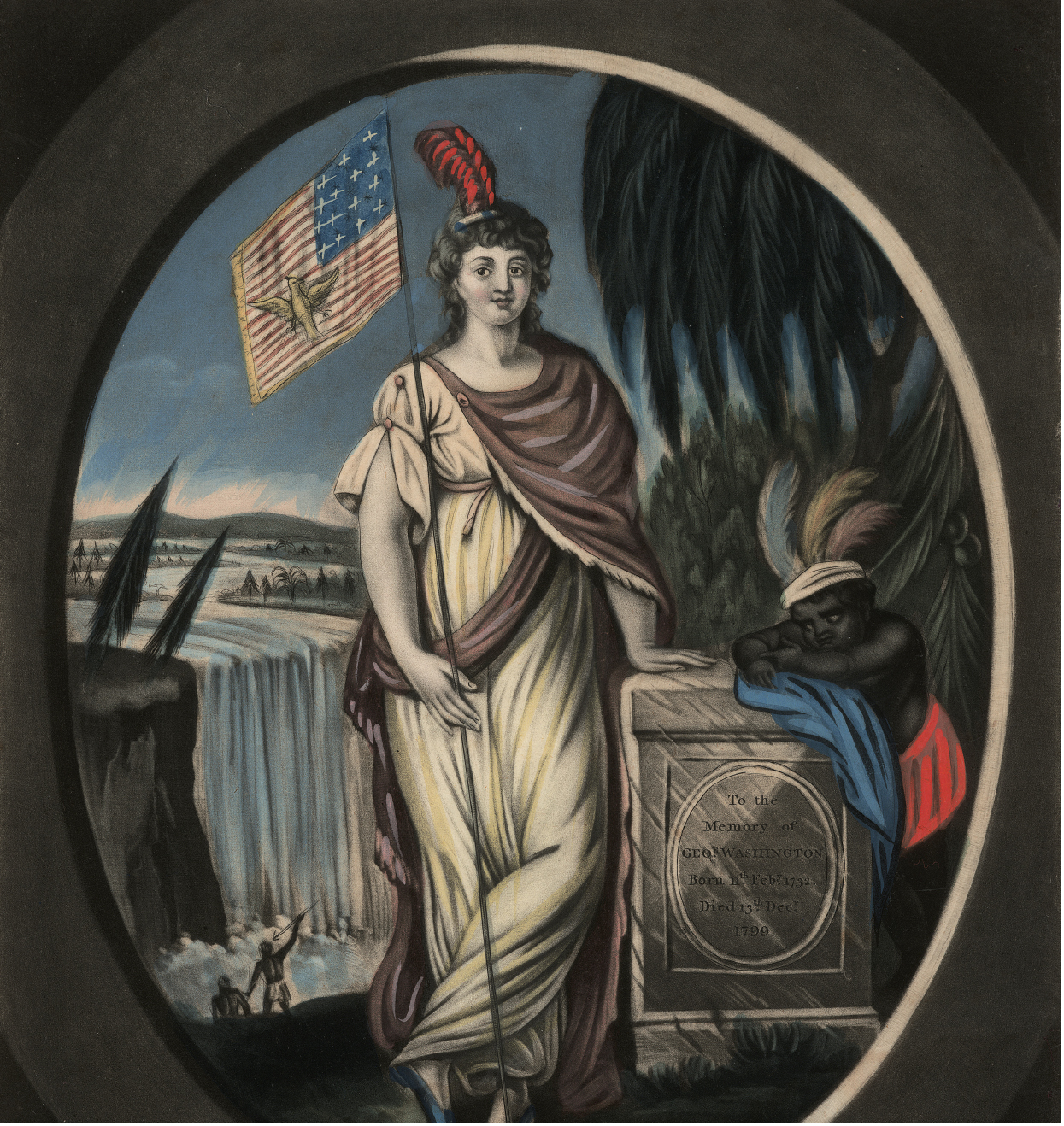Introduction for Chapter 7
CHAPTER 7 Hammering Out a Federal Republic, 1787–1820
IDENTIFY THE BIG IDEA
What was required to make the United States a strong, viable, independent republic in its early years, and how did debates over the Constitution shape relations between the national government and the states?
Like an earthquake, the American Revolution shook the European monarchical order, and its aftershocks reverberated for decades. By “creating a new republic based on the rights of the individual, the North Americans introduced a new force into the world,” the eminent German historian Leopold von Ranke warned the king of Bavaria in 1854, a force that might cost the monarch his throne. Before 1776, “a king who ruled by the grace of God had been the center around which everything turned. Now the idea emerged that power should come from below [from the people].”

Other republican-inspired upheavals — England’s Puritan Revolution of the 1640s and the French Revolution of 1789 — ended in political chaos and military rule. Similar fates befell many Latin American republics that won independence from Spain in the early nineteenth century. But the American states escaped both anarchy and dictatorship. Having been raised in a Radical Whig political culture that viewed standing armies and powerful generals as instruments of tyranny, General George Washington left public life in 1783 to manage his plantation, astonishing European observers but bolstering the authority of elected Patriot leaders. “’Tis a Conduct so novel,” American painter John Trumbull reported from London, that it is “inconceivable to People [here].”
The great task of fashioning representative republican governments absorbed the energy and intellect of an entire generation and was rife with conflict. Seeking to perpetuate the elite-led polity of the colonial era, Federalists celebrated “natural aristocrats” such as Washington and condemned the radical republicanism of the French Revolution. In response, Jefferson and his Republican followers claimed the Fourth of July as their holiday and “we the people” as their political language. “There was a grand democrat procession in Town on the 4th of July,” came a report from Baltimore: “All the farmers, tanners, black-smiths, shoemakers, etc. were there … and afterwards they went to a grand feast.”
Many people of high status worried that the new state governments were too attentive to the demands of such ordinary workers and their families. When considering a bill, Connecticut conservative Ezra Stiles grumbled, every elected official “instantly thinks how it will affect his constituents” rather than how it would enhance the general welfare. What Stiles criticized as irresponsible, however, most Americans welcomed. The concerns of ordinary citizens were now paramount, and traditional elites trembled.